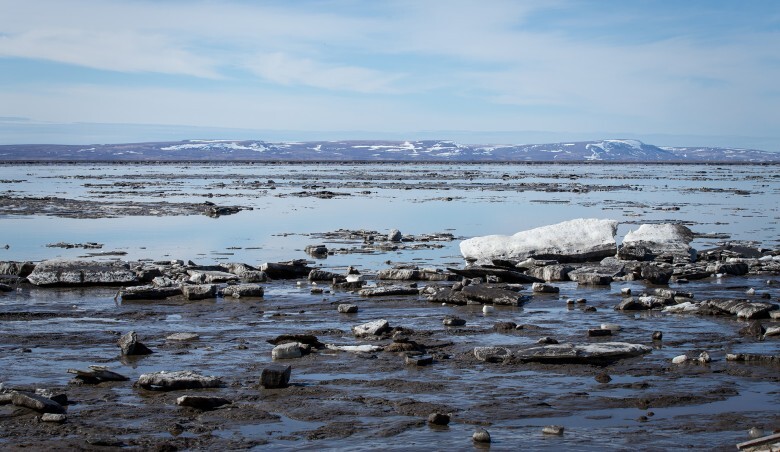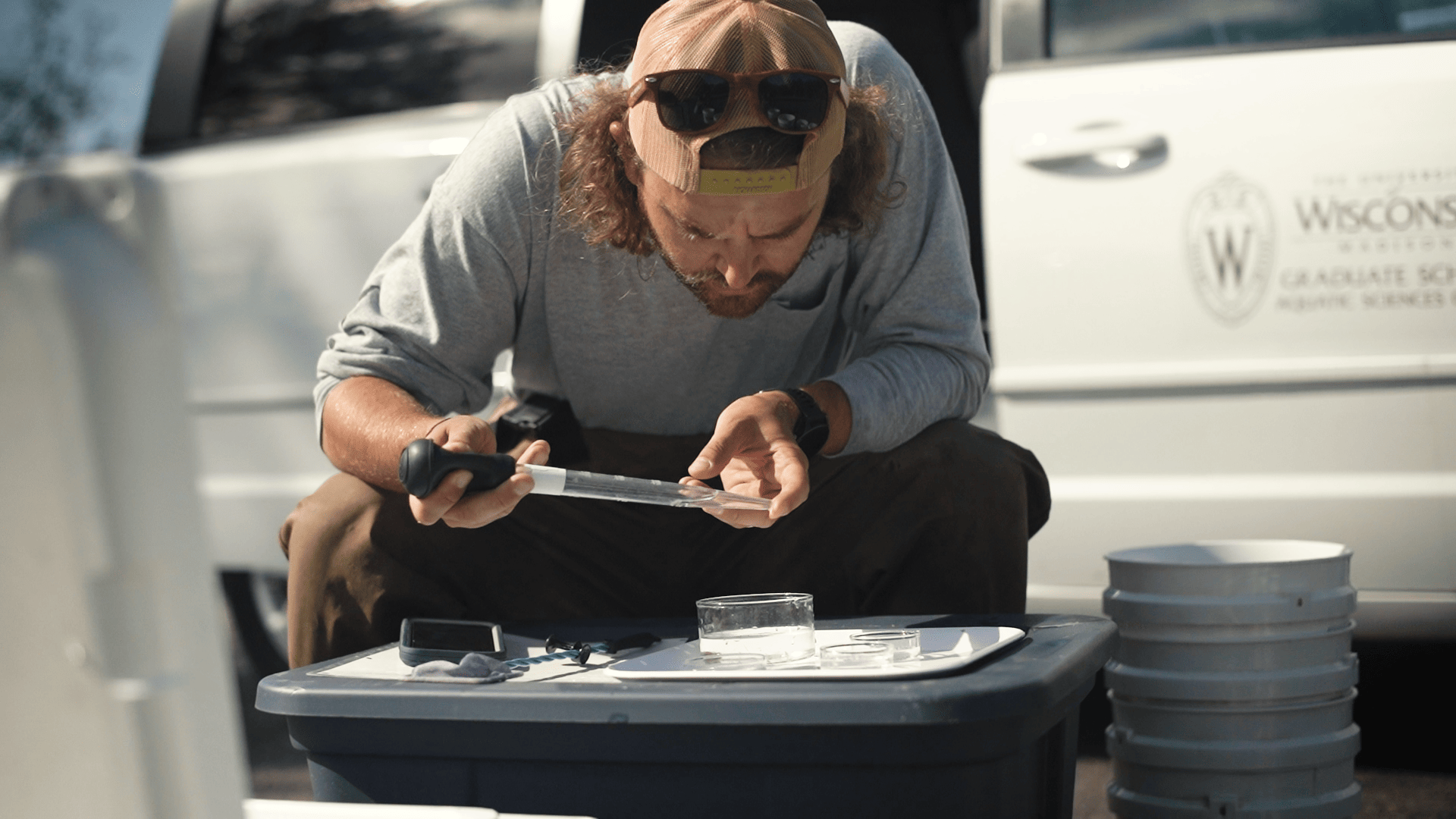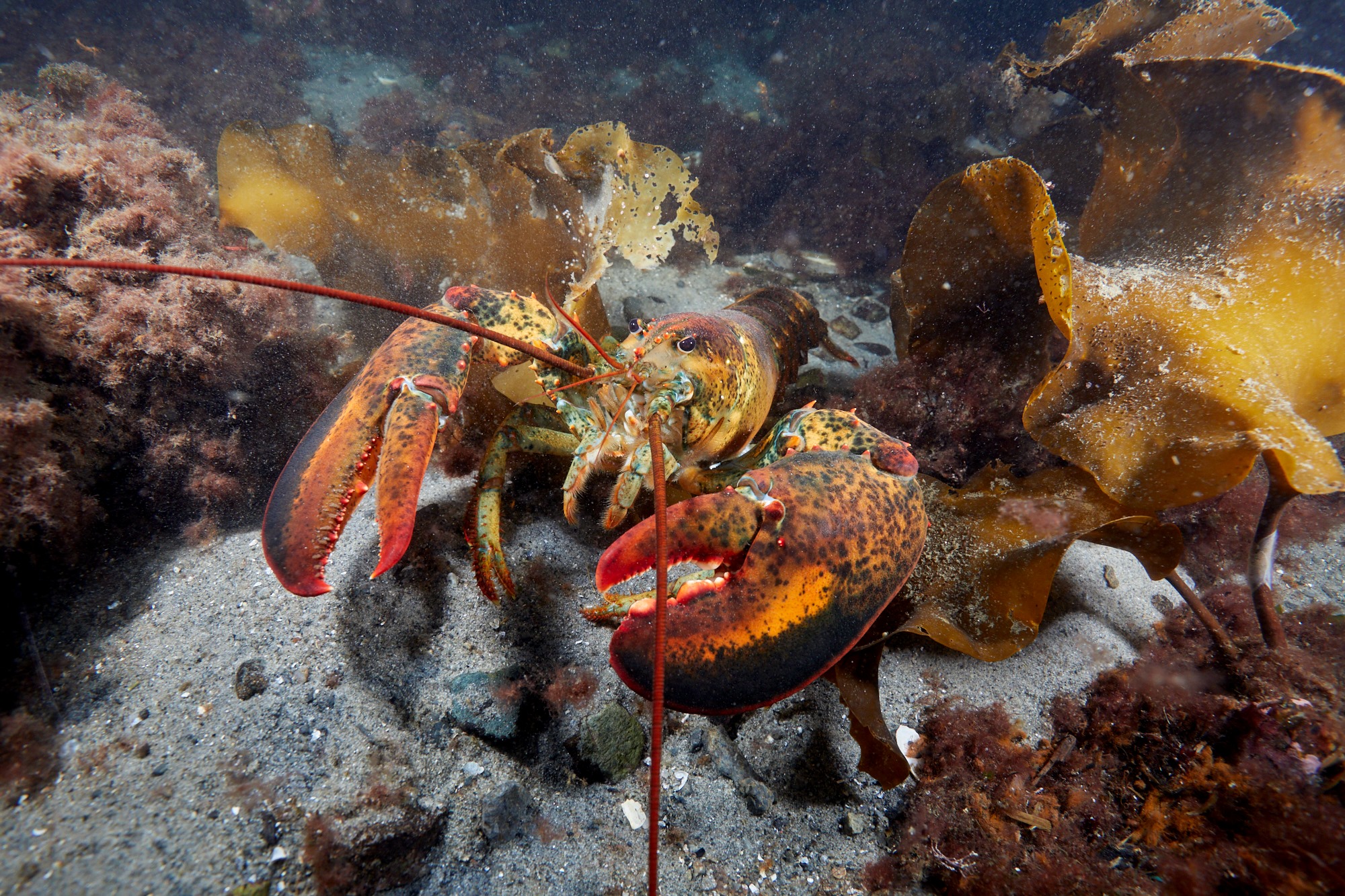By: Nicholas Anderson,
National Fish Passage Coordination Specialist,
Knauss Fellow,
NOAA Fisheries Office of Habitat Conservation
In southern New Hampshire, underneath the decks of Margarita’s Mexican restaurant, a labyrinth of wooden flumes rises from the Nashua River. This is the fish passage structure for the Jackson Mills hydroelectric project, a constructed path for fish to swim over the dam, and it has problems. Small entrances and turbulent currents from the hydropower outflow make it challenging for fish to even find their way into it while swimming upstream. Fish traveling downstream may enter the turbine intake, a giant tube with a propeller blade spinning so fast that it is likely lights out for any fish it touches. These challenges and many others await fish at dams and they were the reason a small group of consulting biologists, hydropower operators, the city waterkeeper, the National Fish Passage Engineer, and me—a Knauss Marine Policy Fellow—visited Nashua’s two hydropower dams in May 2021.
As the 2021 Knauss Fellow from New Hampshire Sea Grant, I work at the NOAA Fisheries Office of Habitat Conservation in support of one of the agency’s missions, to ensure our nation has sustainable fisheries and recover threatened and endangered species by promoting fish passage at hydropower dams. Our hydropower work crosses paths with other federal agency missions related to dams like energy generation and security, river navigation, flood control, and water for irrigation. My specific projects as a Knauss fellow focus on connecting people and groups, providing support for the National Hydropower Program and regional offices, tracking legislation, and digging in on the broader scientific needs. With Jackson Mills, it was an opportunity to shadow NOAA’s National Fish Passage Engineer to see how at a local level our program provides guidance to the different parties involved in hydropower and fish passage planning.
Historically, diadromous or sea-run species (salmon, sturgeon, lamprey, eel, river herring, and shad) swam in the Merrimack River and the tributary rivers that flow into it, like the Nashua. Huge numbers of fish moved into the rivers to spawn or mature before returning to the ocean, or in the case of lamprey, dying. Throughout the United States and globally, dams that were built to produce power now block fish from moving upstream and downstream, threatening the survival of many species. Fish passage at dams helps fish move throughout a river and they come in many different flavors: fish ladders, elevators, bypass channels, nature-like fishways, and trap and haul where fish are caught and moved past dams in tanker trucks or barges. However, not all fish passage is created equal. Fishways get blocked with debris, elevators may break, and trucking or barging fish removes much of the critical migration they undertake and may not always be possible based on support and available funding. Like any infrastructure, fish passage needs to be maintained to work.
Moreover, for fish to survive in a river with dams, dams need to be operated in a manner that fish can handle. If there is little or no water in the river below a dam, it is bad for fish. If the currents are too strong or confusing, it is bad for fish. If water temperatures are too high, there is too much or too little dissolved gas or the river has been changed to accommodate new predators, it is bad for fish.
Dams are a part of our nation’s history and development. They are incredible feats of engineering and the electricity they produce keeps our lights on. In New Hampshire, about 9% of the state’s power comes from hydroelectric generation, while neighboring Maine and Vermont produce 34% and 55% of their electricity from hydropower, respectively. The offshoot of this is that in Maine, the last state with wild sea-run Atlantic salmon, the species is listed as Endangered and is just holding on. In Vermont, a significant multi-decadal project between the U.S. Fish and Wildlife Service, state resource departments, and hydropower companies have reintroduced Atlantic salmon to Lake Champlain and its tributaries.
Feelings around hydropower run deep. Hydropower as an industry helped power our country in the first half of the 20th century and still provides an essential service, generating electricity. However, as with all energy generation, it comes at a cost to the natural environment. Fish and fish passage are not the foremost concern of all stakeholders and this inherent tension brings different groups together for tough conversations, such as those between environmental advocates, the hydropower industry, agriculture and other water users, tribes, and state and federal governments.
As a Knauss Fellow, one of the highlights of my work and a reason for visiting the New Hampshire dams was to observe and learn how these conversations move us forward, and more broadly throughout my fellowship, how NOAA uses its authority (where necessary) from the Federal Power Act to direct diadromous fish passage at the 1000-plus Federal Energy Regulatory Commission licensed dams. It’s not simple, negotiations for fish passage at the dams takes years, sometimes decades, and licensed dams are a fraction of the more than 92,000 dams across the United States. Add these other dams and other barriers to fish into the mix and the scale of this challenge becomes herculean. However, without these conversations and action, diadromous species like eel, sturgeon, salmon, and other fishes that require unobstructed rivers will at best continue to exist in low numbers with support from us and at worst become extirpated (locally extinct) or extinct from our rivers. These negotiations are critical to preventing the loss of these species, supporting the economies that rely on them, and building on conservation progress.
After the dam and fish passage facility tour, we regroup in Margarita’s parking lot to discuss what happens next. The city of Nashua is planning to install a new turbine at the Jackson Mills dam and upgrade the project’s ability to produce electricity. This upgrade is also an opportunity to update the aging wooden structure to make it easier for fish to find the fishway.
The group at Jackson Mills is a friendly one. Everyone wants an answer that is good for the city, its people, their dam, the river, and fish. One of the roadblocks I have seen in this work is getting people “in the same room” to have conversations about these challenges, which the meeting in Nashua in May helped overcome. While the upgrade to the Jackson Mills turbine was postponed over the summer, the future looks bright for upgrades to the fishway improving passage for the river herring and other species. The conversations at Jackson Mills showed me how the process works when everyone is willing to collaborate. This work is not easy, it requires significant time and a good faith effort on behalf of the people involved. But, if we want native, sea-run fish swimming in our rivers, it is necessary.


